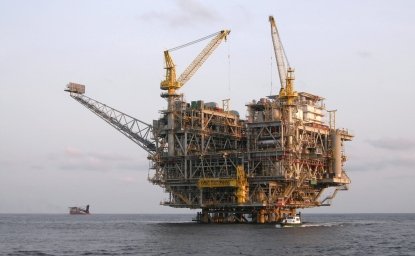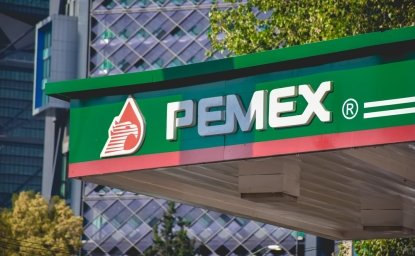Pemex has been technically bankrupt for several years now. It is saddled with 105 billion dollars in debt and 70 billion dollars in liabilities to its workers. Just in the fourth quarter of 2019, it reported losses of almost 35 billion dollars.
So, the recent collapse in oil prices could not come at a worse time for Pemex. If the purpose of an oil price war is to push the weakest hands out of the market, then Pemex must be one of the weakest. There is just no way the Mexican state-run company can be anywhere near financially solvent, when it is only receiving between 15 and 20 dollars for its exports of heavy Maya-grade crude oil.
Pemex’s annual report for 2019 shows that its production cost is 14.20 dollars per barrel. Add to that a 59 percent hydrocarbon tax that the company pays to federal coffers on each barrel. Fortunately, the decline in production levels has slowed, but many indicators show company costs continue to increase.
Pemex is severely short on revenues to pay for many other expenses. For instance, it needs 11.30 dollars per barrel from its crude oil exports just to pay the interest on its debt. It spends millions of dollars daily to insure obsolete offshore oil platforms and refinery plants, in which it has never made required investments in dismanteling.
Oil-price hedging may offset lower oil-export revenues in the short term, but will not be a solution if low prices persist. Short-term losses are likely to be even greater than in fourth quarter 2019. Thus, implementing drastic austerity measures is urgent.
Pemex needs to rationalize its costs, shut down unprofitable wells and refinery units, restructure internally, sell non-priority assets, spin off its medical services and hospitals, reduce its staff by half, redefine its wasteful pension policies, cut off generous benefits to the oil workers’ unión, renegotiate is debt with bondholders and cut off politically-motivated donations to state and local governments. It should also seek financing for its key projects through joint ventures with private and foreign companies. However, there is no sign yet that the company will move forward on these issues.
But even all of that may not be enough to restore profitability, especially in a low oil-price environment. Ultimately, some kind of government bailout of Pemex will be inevitable in the short term. It will probably take the form of a large cash injection from a government contingency fund. That will weigh heavily on public finances, perhaps making it impossible for a federal budget surplus to be maintained, and it could affect the ratings of Pemex and the Mexican sovereign.
Beyond that, with falling oil reserves, with its major oilfields depleted and with a severely reduced investment budget, it is hard to see how Pemex can avoid real bankruptcy in the medium term. That is an ominous sign for Mexico.
Author

Mexico Institute
The Mexico Institute seeks to improve understanding, communication, and cooperation between Mexico and the United States by promoting original research, encouraging public discussion, and proposing policy options for enhancing the bilateral relationship. A binational Advisory Board, chaired by Luis Téllez and Earl Anthony Wayne, oversees the work of the Mexico Institute. Read more

Explore More
Browse Insights & Analysis
La esencia de la infraestructura global: perspectivas del líder de la industria Matt Harris

Debunking the Patient Capital Myth: The Reality of China’s Resource-Backed Lending Practices

